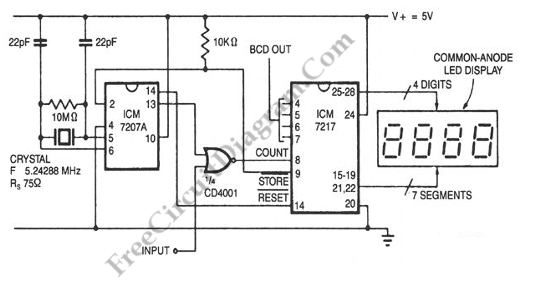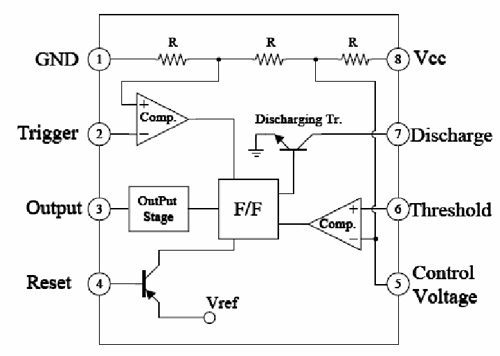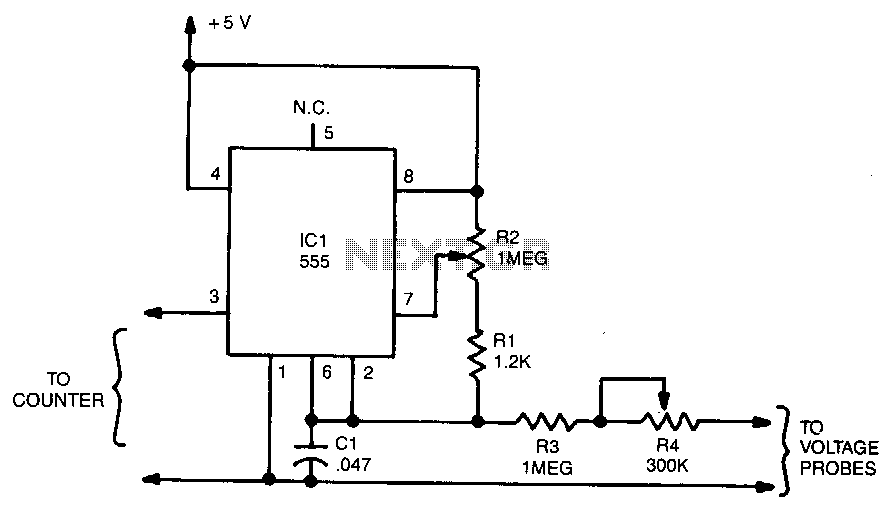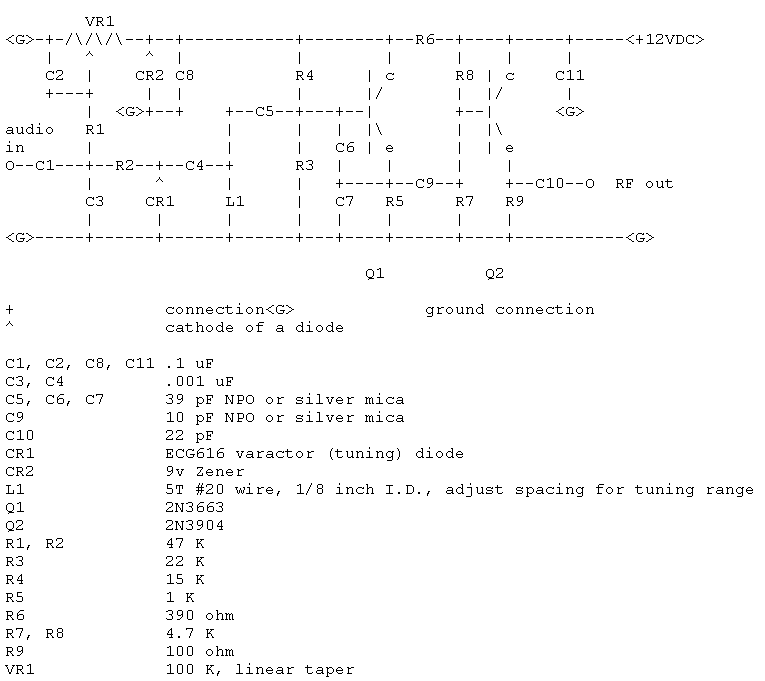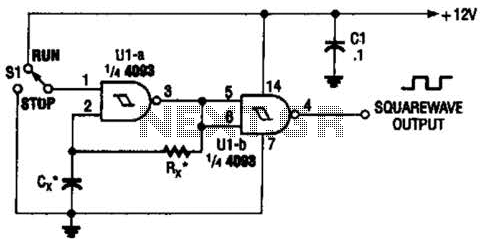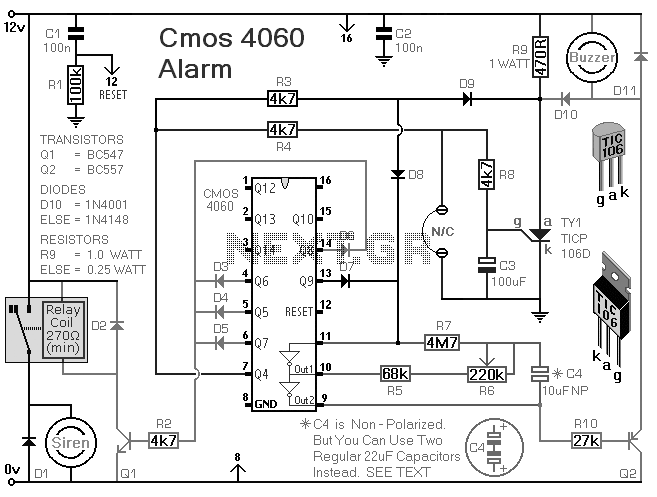
CMOS Crystal Frequency Multiplier
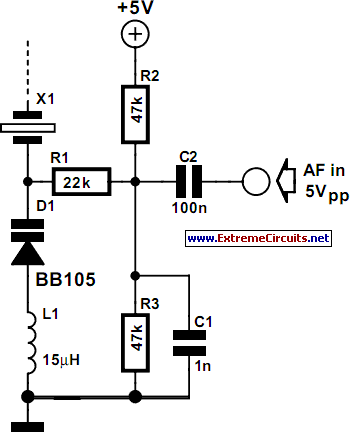
Crystals typically function at fundamental frequencies of up to approximately 15 MHz. When higher frequencies are necessary, a frequency multiplier is employed following the crystal.
Frequency multipliers are essential components in electronic circuits, especially when higher frequency signals are needed beyond the limitations of standard crystal oscillators. A frequency multiplier works by taking an input signal at a specific frequency and generating an output signal at a frequency that is a multiple of the input frequency.
In the context of crystal oscillators operating at fundamental frequencies up to 15 MHz, the frequency multiplier can significantly enhance the performance of the circuit. For instance, if a crystal oscillator operates at 10 MHz, a frequency doubler can be used to produce a 20 MHz output. This is achieved through non-linear processes, often involving diodes or transistors configured in specific ways to achieve the desired multiplication factor.
The design of a frequency multiplier involves careful consideration of the circuit topology, the components used, and the desired output frequency. Common configurations for frequency multiplication include the use of harmonic generation techniques, where the input signal is applied to a non-linear device that generates harmonics of the input frequency. Filters are then employed to isolate the desired harmonic and suppress unwanted frequencies.
Additionally, the choice of components such as inductors, capacitors, and the non-linear devices themselves can greatly influence the efficiency and performance of the frequency multiplier. Proper impedance matching is also crucial to ensure maximum power transfer and minimize signal loss.
In summary, frequency multipliers serve as vital tools in electronic design, enabling the generation of higher frequency signals from lower frequency crystal oscillators, thereby expanding their application in various fields such as telecommunications, signal processing, and RF communication systems.Crystals usually operate at fundamental frequencies up to about 15 MHz. Whenever higher frequencies are required a frequency multiplier is placed after th.. 🔗 External reference
Frequency multipliers are essential components in electronic circuits, especially when higher frequency signals are needed beyond the limitations of standard crystal oscillators. A frequency multiplier works by taking an input signal at a specific frequency and generating an output signal at a frequency that is a multiple of the input frequency.
In the context of crystal oscillators operating at fundamental frequencies up to 15 MHz, the frequency multiplier can significantly enhance the performance of the circuit. For instance, if a crystal oscillator operates at 10 MHz, a frequency doubler can be used to produce a 20 MHz output. This is achieved through non-linear processes, often involving diodes or transistors configured in specific ways to achieve the desired multiplication factor.
The design of a frequency multiplier involves careful consideration of the circuit topology, the components used, and the desired output frequency. Common configurations for frequency multiplication include the use of harmonic generation techniques, where the input signal is applied to a non-linear device that generates harmonics of the input frequency. Filters are then employed to isolate the desired harmonic and suppress unwanted frequencies.
Additionally, the choice of components such as inductors, capacitors, and the non-linear devices themselves can greatly influence the efficiency and performance of the frequency multiplier. Proper impedance matching is also crucial to ensure maximum power transfer and minimize signal loss.
In summary, frequency multipliers serve as vital tools in electronic design, enabling the generation of higher frequency signals from lower frequency crystal oscillators, thereby expanding their application in various fields such as telecommunications, signal processing, and RF communication systems.Crystals usually operate at fundamental frequencies up to about 15 MHz. Whenever higher frequencies are required a frequency multiplier is placed after th.. 🔗 External reference
